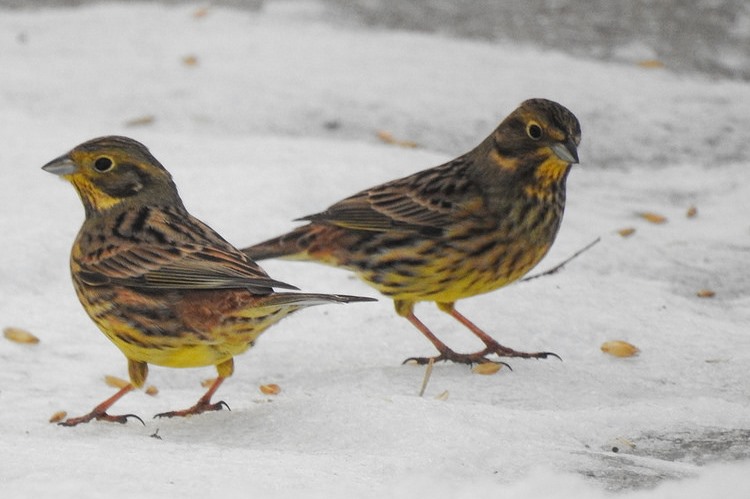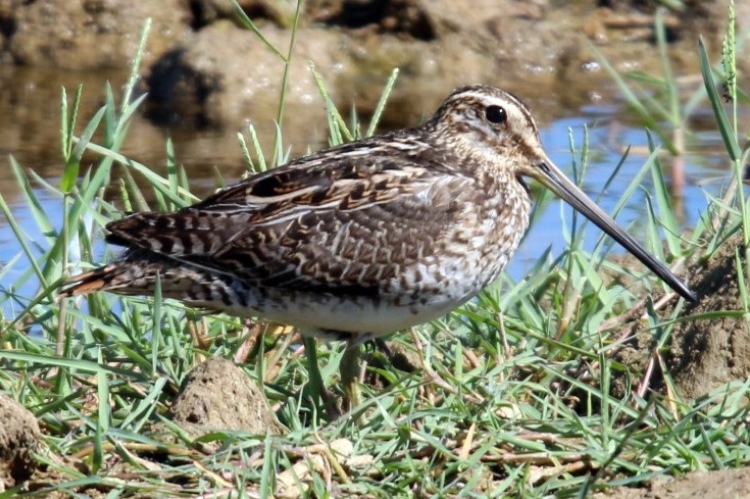How to provide for birds on arable farms
Arable farms provide important habitat for birds such as the skylark, yellowhammer and corn bunting. Yellowhammers often nest at the base of hedgerows while skylarks and corn buntings are ground nesting. Skylarks prefer to nest in relatively short, open, vegetation such as spring-sown cereals while corn buntings prefer denser vegetation such as winter cereals or grassy field margins. In addition to nesting sites, these birds need a plentiful supply of insects to feed their chicks during spring and summer and seeds to sustain them during winter.
Top tips to help birds on arable farms include:
- Sow cover crop and wild bird mixtures and leave these crops in the ground over winter. This will provide cover and a rich supply of insects and seeds.
- Leave outer margins of cereal fields unsprayed (i.e. conservation headlands) to increase the abundance of invertebrates and seeds.
- Sow spring cereals to provide nesting sites for ground-nesting species such as the lapwing and skylark. Where spring sowing is not financially viable consider creating uncropped cultivated areas in winter cereals (e.g. skylark plots).
- Non-cropped habitats such as field margins, set-aside, buffer strips, and farm woodlands provide nesting sites, shelter, and food for a range of species.
- Restore hedgerows and protect them from agro-chemical spray drift to provide shelter and nesting sites and cut in rotation every three years to provide berries in autumn/winter.
- Leave stubble over winter to provide an abundance of seeds (i.e. both spilt grain and weed seeds) crucial for winter survival in many species.
Sign up to the FAS newsletter
Receive updates on news, events and publications from Scotland’s Farm Advisory Service


